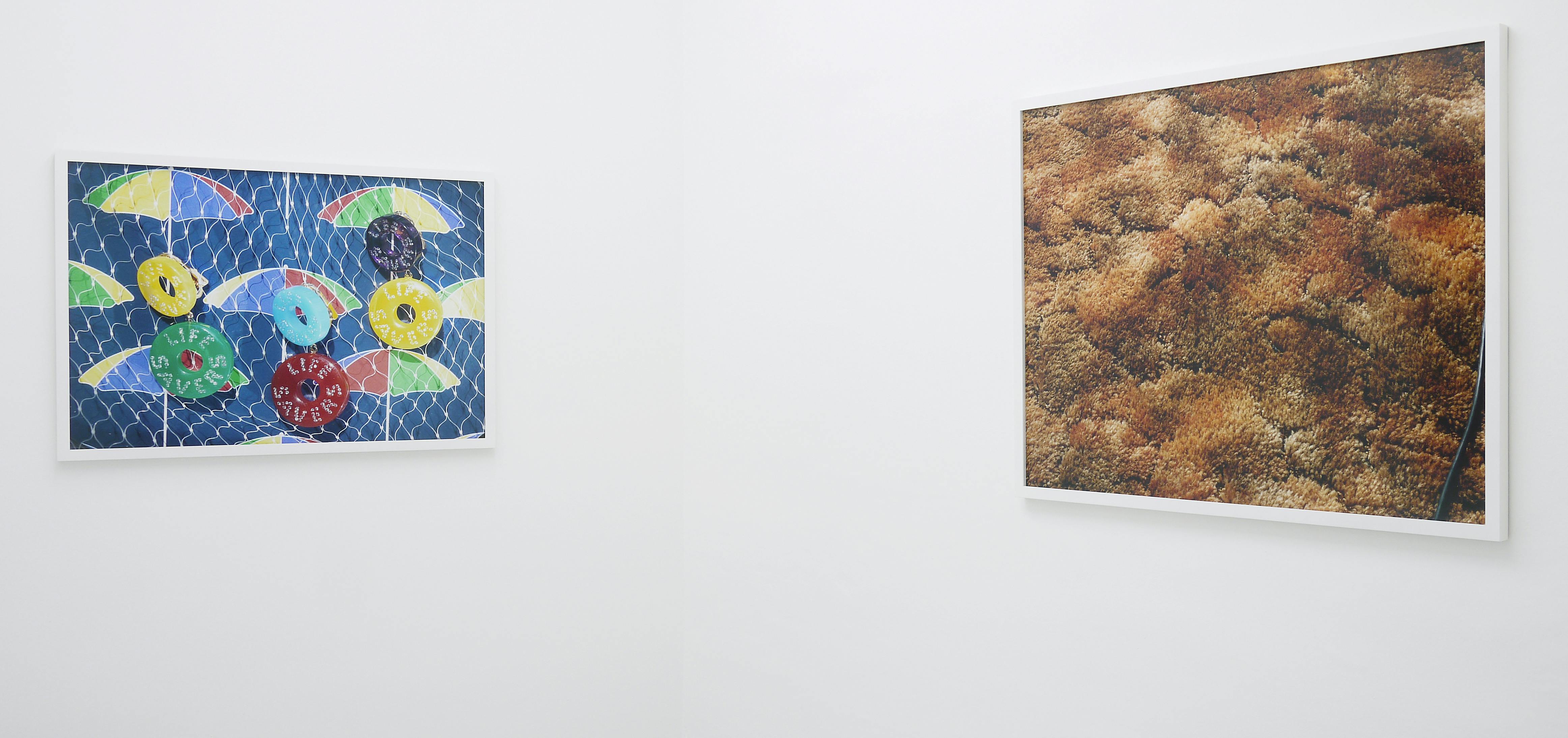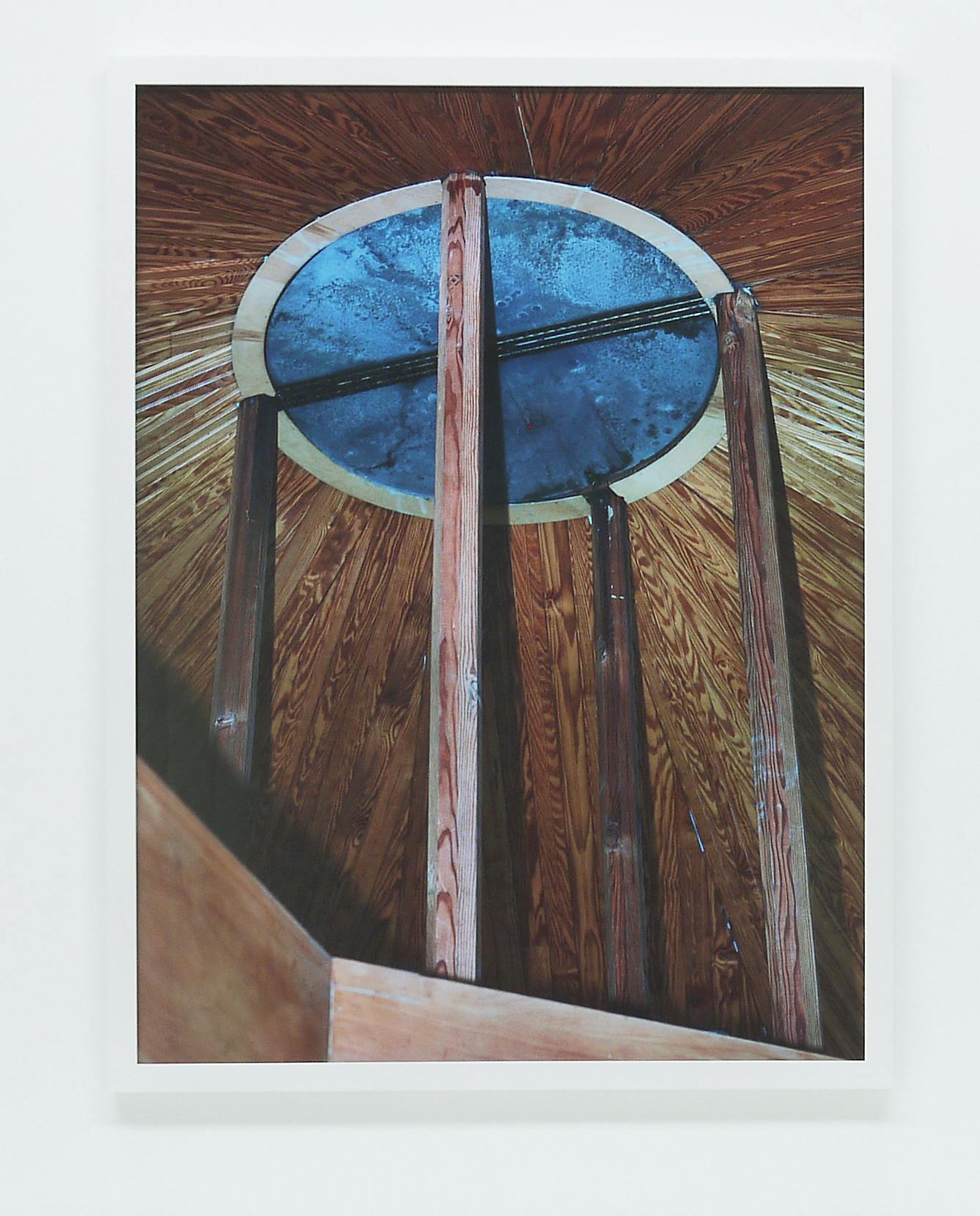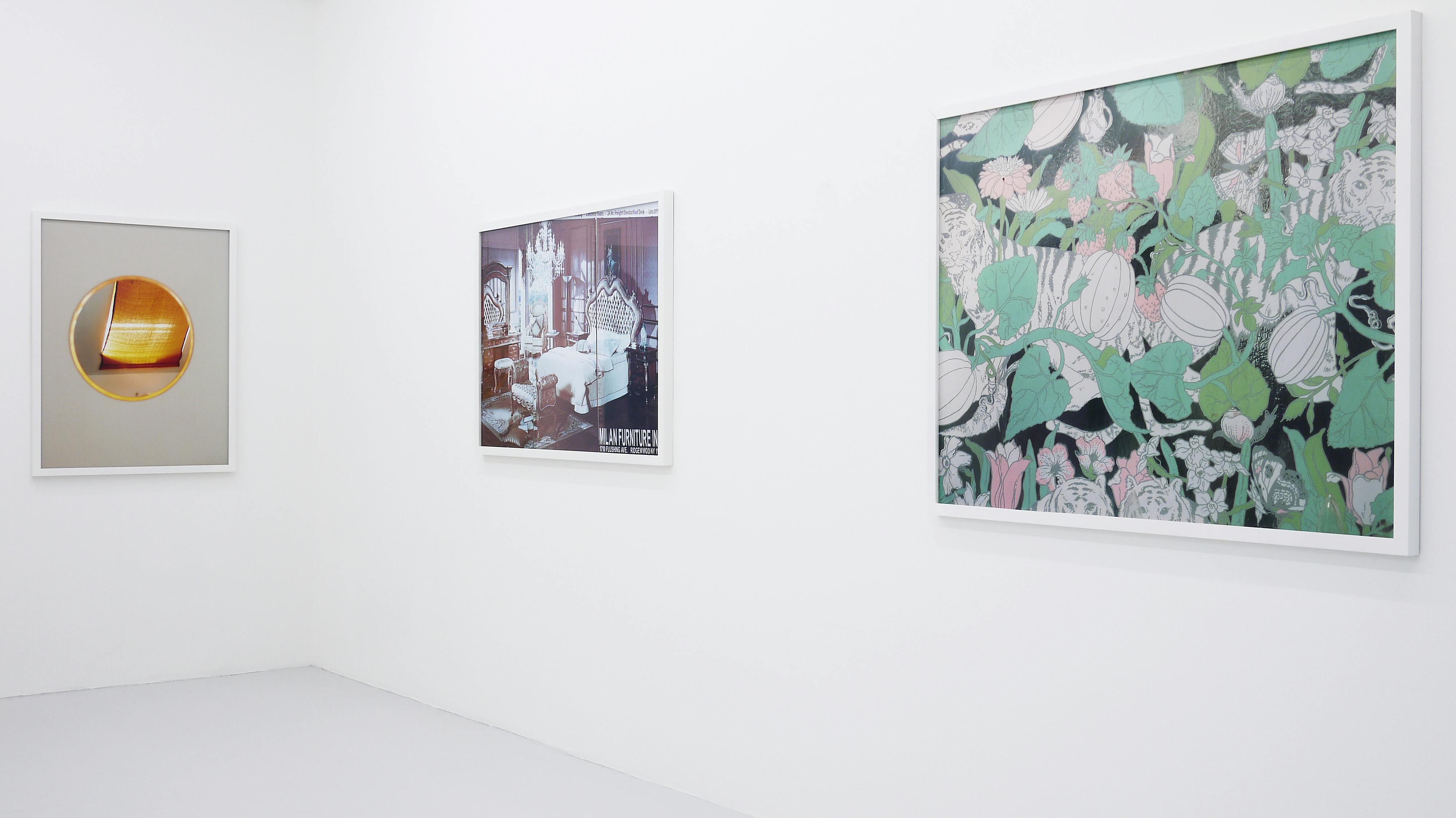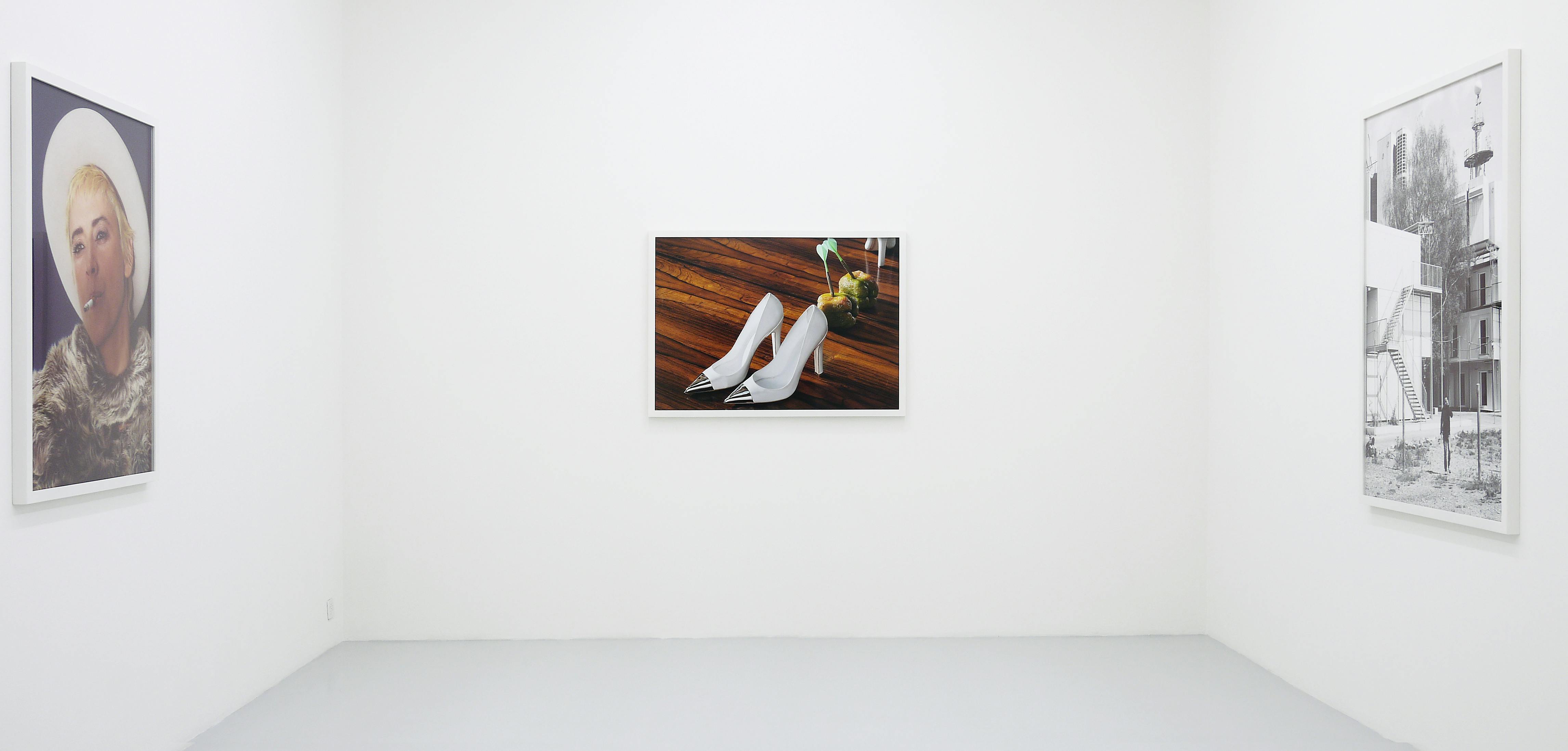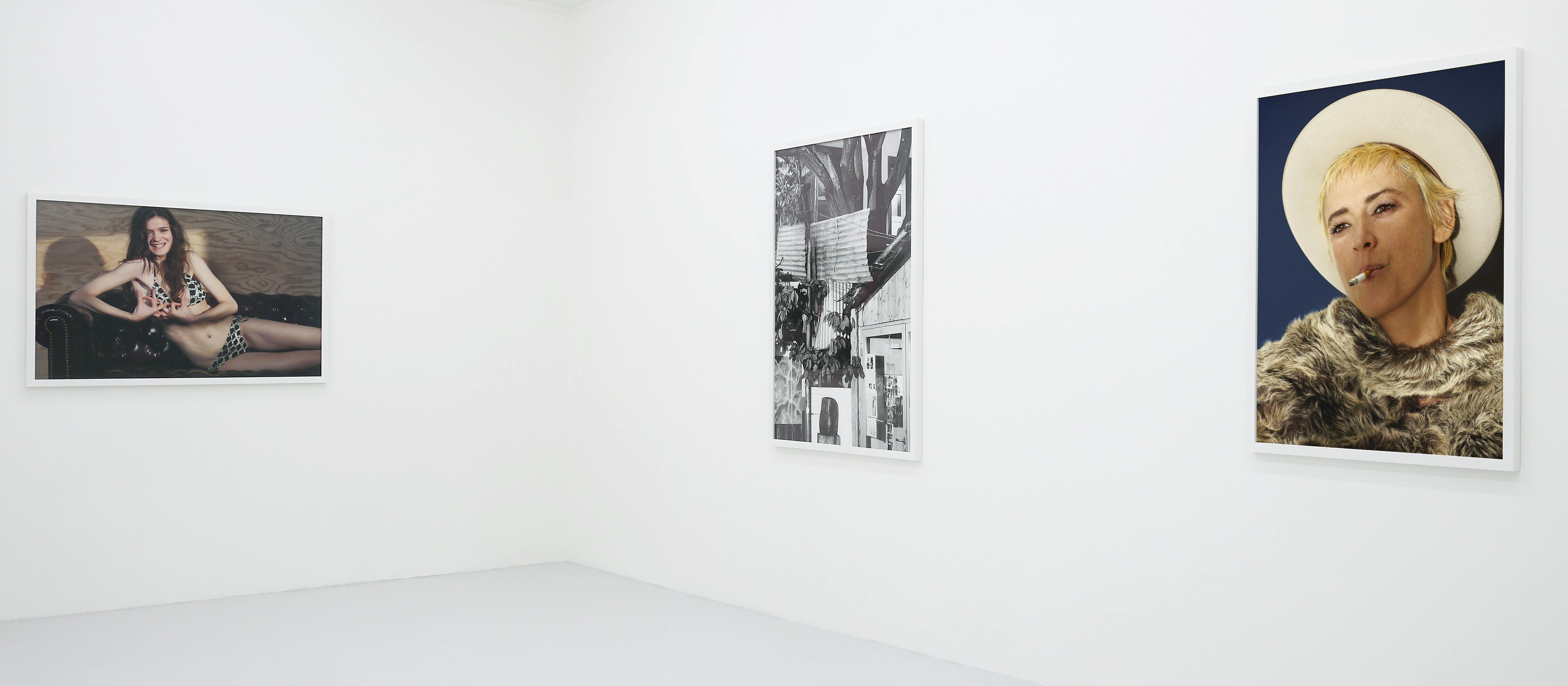Roe Ethridge was born in Miami in 1969 and studied photography at the College of Art in Atlanta, USA. This New York based artist has had exhibitions in the USA, Europe and Japan. Works by him have been shown at the Museum of Modern Art, New York, the Metropolitan Museum of Art, New York, and the Museum of Contemporary Art, Los Angeles. Le Consortium in Dijon recently hosted an exhibition of his work, which can currently be seen at the M-Museum in Leuven, Belgium. Roe Ethridge ranks alongside Christopher Williams, Philipp-Lorca DiCorcia and Elad Lassry as one of the most interesting representatives of new American photography.
Photography and the reception of the photographic medium have come a long way from the days when it was regarded as the pencil of nature, providing an untainted view of reality determined solely by the laws of physics, optics and chemistry, through the dawning awareness of its potential for manipulation (such as the photographs that were famously retouched to remove Leon Trotzky from the leading ranks of the Russian Revolution) all the way to the digitally airbrushed idealisation of the supposed supermodel figure. At the same time, photography has become a constant and ubiquitous companion in our lives, providing us with everything from journalistic documentation to souvenirs and memories, enabling the criticism and continuity of painting by other means, and bombarding us in the form of advertising and visual overkill. In advertising, especially, ideal and reality converge to conjure images of our own wishful thinking.
Roe Ethridge merges several of these aspects in his work. As an artist who also has hands-on experience as a commercial photographer in the world of advertising, he is keenly aware of the power of the image and of the energy concentrated by everyone in the setting – from the model to the lighting designer, from the props to the wardrobe. He playfully exploits existing situations in his artistic work by using these frames of reference to look at the fictional world of advertising from the inside out: the setting, or parts of the setting, become the real protagonists (e.g. Life Savers, 2012), and the characters perform as real-life personas (e.g. Annabella for SEPP, 2012).
His black-and-white works for the Art and the City exhibition in Zurich are situated within the documentary tradition. His photographs of Zurich West, which has been transformed from an industrial zone into a vibrant, modern, mixed-use district fully incorporated into the urban fabric, were taken in Spring 2012. As the area continues to evolve and change apace, with no end in sight any time soon, these photographs have already become a form of historical documentation.
There are also photographs that simply depict advertising and commercial displays with an unsparing directness that lends them the character of objects or captures them as relevant traces of civilisation in the tradition of Walker Evans or Pop Art.
The Studio Street exhibition references the fact that street, the world of nature and the world of the studio all play an equally real role in our perception (e.g. LV Shoes for Double, 2012) and have become difficult to distinguish aesthetically from fictional worlds. Ethridge presents photography as a technical and artistic medium that has become so commonplace that he can deliberately use obviously inaccurate colours and even let the banality of the subject matter act as a critique of culture itself. Roe Etheridge addresses the oppressively narrow confines between high and low, reality and fiction as a topical issue of our times.






